When Vincent Van Gogh moved to Paris from the Netherlands in 1886, he began chronicling his life in letters to his brother Theo. His regular dispatches covered nearly 700 correspondences throughout his lifetime, covering everything from his artistic process to the everyday occurrences and his struggles.
In one letter, written while the artist lived in the South of France, in Arles, between 1888 and 1989, Van Gogh expressed his elation at the natural yellow glows within the city. ”Sunshine, a light which, for want of a better word, I can only call yellow—pale sulfur yellow, pale lemon, gold,” wrote Van Gogh. “How beautiful yellow is.”
This communication struck a chord with New York City singer and songwriter Willie Nile, inspiring his 21st album, The Great Yellow Light. “He wrote his brother saying, he had been looking for this his whole life, the great yellow light there,” says Nile. “That struck me, because he went to find this thing he was always looking for.”
Produced by Nile, long-time collaborator Stewart Lerman (Patti Smith, Elvis Costello), and backed by his band guitarist Jimi Bones, bassist Johnny Pisano, and drummer Jon Weber, along with special guests Steve Earle, Paul Brady, Waddy Wachtel, David Mansfield, and members of Black 47 and The Hooters, The Great Yellow Light references all the “rare magical moments of awe and wonder that make life worth living,” says Willie.
The Great Yellow Light isn’t short on anthems, splitting open on the “Wild Wild World,” an emblematic track of modern times.
“It is a wild, wild world,” says Nile. “Look what’s going on in the world.”
Videos by American Songwriter

The vigor throughout The Great Yellow Light continues through on “We Are, We Are,” and the more punk-punched “Electrify Me.” For Nile, the title track isn’t so much about Van Gogh but the span of life and the “moments of awe and wonder that we come across,” he says. “We’re here, and it’s brief,” he adds. “If we’re lucky enough, we have time on our journey.”
Brady joins Nile on the more spirited “The Irish Goodbye,” along with Wachtel, Mansfield, the Hooters’ Rob Hyman on keyboard and Eric Bazilian on strings, and Black 47’s Larry Kirwan, Fred Parcells, and Chris Byrne.
Born Robert Noonan in an Irish-Catholic home, Nile already had the roots of the song, which he remembers coming to him on a regular day, walking around the kitchen of his Greenwich Village apartment in March 2024.
“Sometimes you’ll hear a phrase, and it’s a song, and the phrase ‘An Irish Goodbye’ came to my mind,” says Nile of the song, an ode to the Irish custom of leaving an event without bidding farewell. Within 45 minutes, Nile wrote “An Irish Goodbye” as more of a metaphor for life and meeting one’s passing with an “Irish exit”—There’s fire in your whiskey / There’s mud in your eye / It’s high time to leave here / The angels know why / I’ll just say an Irish goodbye.
Midway through writing the song, Nile says he started crying and called his daughter Mary. “I called her up and I said, ‘I’m writing a song called ‘An Irish Goodbye,’ and she goes, ‘That’s awesome, Dad,’” recalls Nile. “And I said to her, ‘If I do the big Irish goodbye, I want you to know that I love you.’ She said, ‘Thanks, Dad. And if I do the big Irish goodbye, I love you too.’”
He adds, “It was a beautiful moment. We basically said goodbye to each other. We laughed, and now we can carry on.”
With four kids and four grandchildren, family is prime within Niles’ life, particularly the connection to his 107-year-old (turning 108 in November) father, Robert Charles Noonan Sr. The 40th-oldest person in America is one of Nile’s greatest inspirations, from his wisecracking sense of humor in the darkest moments, including a recent gathering when they found themselves stuck together during a minus-zero-degree snowstorm in Buffalo, New York.
Playing “An Irish Goodbye” for his father was an emotional moment for him and his family. “I was reading the lyrics as I sang it, and if I was looking at him, I probably wouldn’t have gotten through it,” shares Nile. “When I was done, my sister had tears coming down her face, and he loved it. That song, it’s a celebration.”
Nile continues, “It’s a welcoming song,” reciting more of the lyrics, It’s been great to be here / I thank you, my friend / May your rivers all flow to the sea / There is no beginning, there is no end.
Having Brady sing on the track was also a perfect final touch. “He’s an Irish icon, and it’s a great honor for me to have him on this track,” says Nile. “I can’t wait to play it in Ireland.”
More sentimental touches peek through on “What Color is Love,” a ballad Nile co-wrote with friend and musician Frankie Lee.
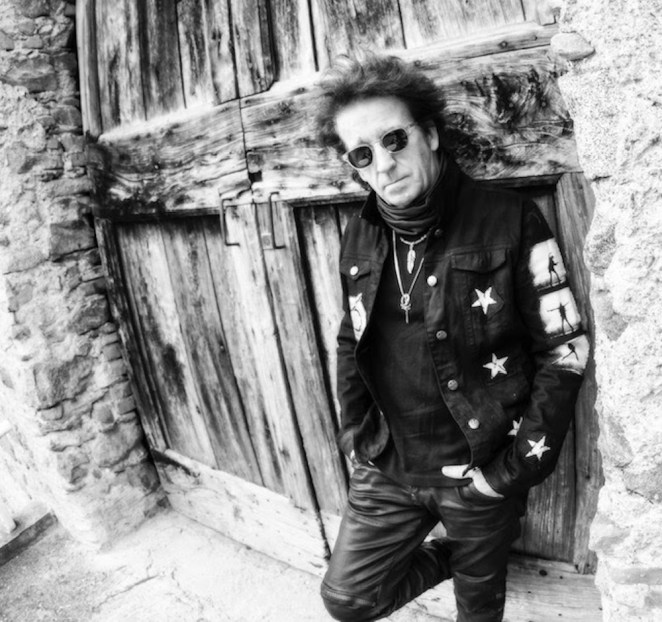
On the other side are more political overtones on The Great Yellow Light from “Tryin’ to Make a Livin’ in the U.S.A.,” heartland rocker “Fall on Me,” and the hopeful “Wake Up America,” featurign Earler, a song Nile calls “a call out to our better angels” in a time of great division.
“Washington’s Day,” written by Willie, Rob Hyman, and Eric Bazilian, and produced by Rick Chertoff, is “a prayer for hope, compassion, liberty, and a better world for all mankind,” says Nile, and a song he stored away for more than three decades.
After signing to Columbia Records in 1988, Nile remembers stopping by the Record Plant in New York City while a song by the Hooters, “Washington’s Day,” was being mixed without lyrics. “I was just sitting in the back of the studio, and it sounded amazing,” remembers Nile. “It sounded like ‘“Let it Be.’ And the words just started coming to me. I wrote the lyrics that day, and I’ve been waiting for years to record it.”
Throughout The Great Yellow Light, there’s nothing conceptual, but there are some themes that surface, says Nile, including some political commentaries.
“There’s definitely political themes in it, but I’m not heavy-handed about it,” says Nile. “Clearly, it ends on ‘Washington’s Day,’ which is basically an embrace and hoping for better days. What I love about being a songwriter is you can write about anything—love, love, loss, a party on Saturday night, something surreal, absurd, funny, not-so funny … whatever.”
After The Great Yellow Light, Nile still has plenty more stories to tell, but he’s holding off so he can tell his story through the lens of Austrian filmmaker Lucas Maurer in a new documentary.
“It’s about New York,” says Nile of the film, which he says is more about life than music. “It’s about never giving up. It’s about passion. It’s funny. It’s rocking. It’s about family.”
Nile’s father also has a prominent role in the movie. “My dad is in it a bunch,” he says. “He’s a star. My dad will be a star of the movie.”
A new album will eventually make its way out after the film, projected for release in 2026. “I’ve always been writing songs, and I’ve got a raft of them,” says Nile, who released nine albums between 2009 and 2021. “I could just record records every six months for a bunch of years, but I don’t make them unless I think I’ve got something worth putting out.”
Something that hasn’t shifted for Nile over his five-plus decades career is writing for himself. “When I started doing this, I wasn’t looking to be famous,” he says. “I don’t care about being famous. For me, it was always about the music.”
After graduating from the University of Buffalo, Nile moved to New York City in 1971 and has been on his own musical mission since, first navigating the punk and new wave scenes pulsing throughout the 1970s and early ‘80s. All the while, Nile was finding his way as a singer and songwriter and released his 1980 eponymous debut.
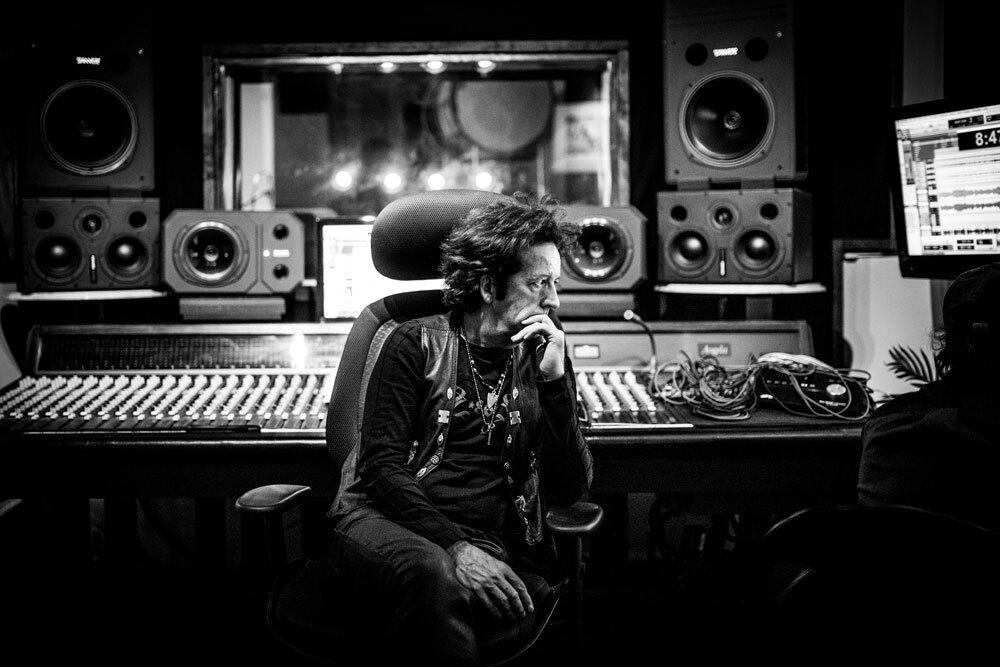
“Being a singer-songwriter is up and down,” says Nile. “There’s commercial success and there’s personal success. And for me, writing a song like ‘An Irish Goodbye’ is a complete success right there. The song says something. It’s meaningful, it’s fun, and we can share it with our neighbors and raise a glass together.”
Today, Nile still has the same “fire and passion” he did when he first started playing clubs like CBGB, The Bottom Line, and Folk City, in New York City during the ‘70s, including his residency at Kenny’s Castaways which got him discovered by the late New York Times music critic Robert Palmer, who called him “the most gifted songwriter to emerge from the New York folk scene in some while.”
New York City is still one of Nile’s greatest inspirations. “God bless New York, it’s magical,” he says. “I love New York City. It’s taught me so much. And this album, for me, reflects New York. It reflects a personal journey, looking for the great yellow light and finding it here and there more often than not.”
The Great Yellow Light is one of Nile’s most comprehensive letters on life, the end, and all of the expectancies in the middle. “I feel that I’m still learning every day, and the world still teaches me new things,” says Nile. “I do my best to tell my story, the visions I see, the good, the bad, and the ugly—and to try to inspire. And this album inspires the hell out of me.”
Citing his 1980 debut single “Vagabond Moon,” Nile says it still feels as it did when it was written, and he feels the same singing it now as he did back then. Still fired up on life, Nile, who turned 77 in June, says as long as he has his health, he’ll continue making music.
“I’ll probably drop before it stops, but I can still draw from within in a minute,” he says. “It’s still right there. The fire still burns bright.”
Photo: Cristina Arrigoni


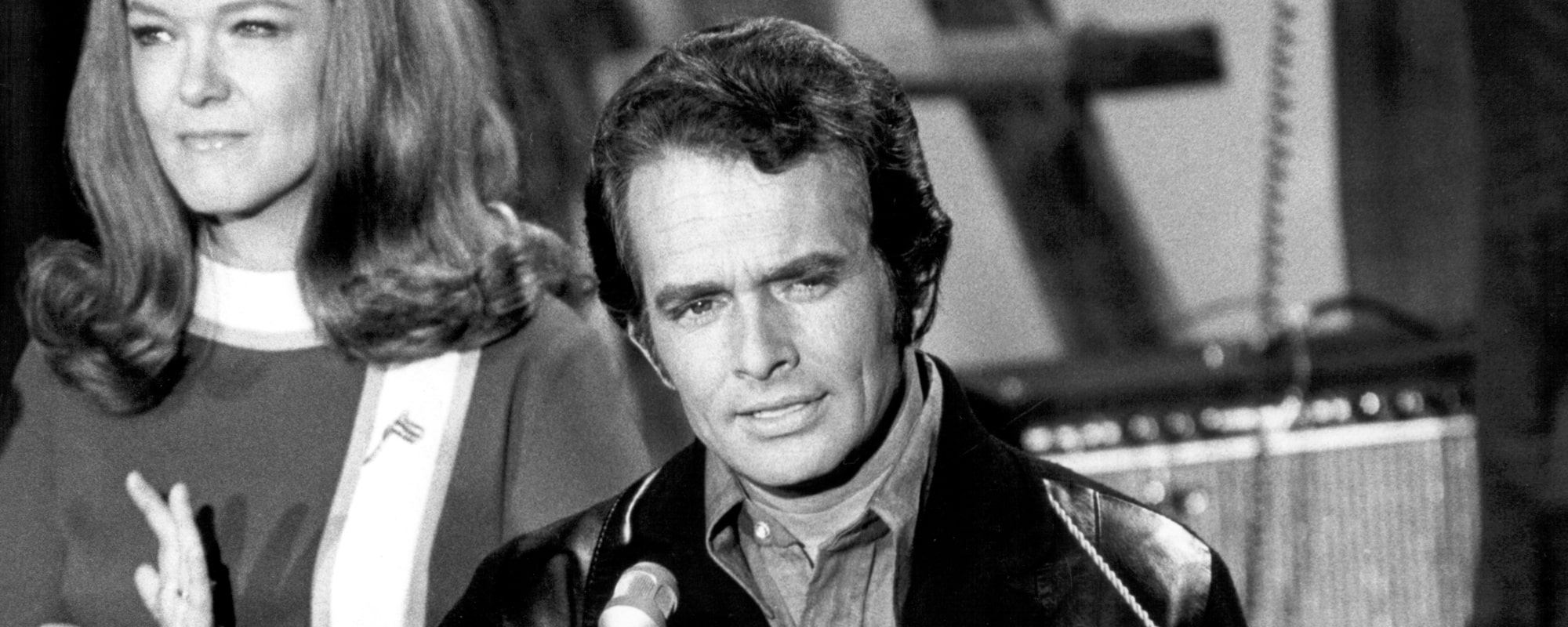
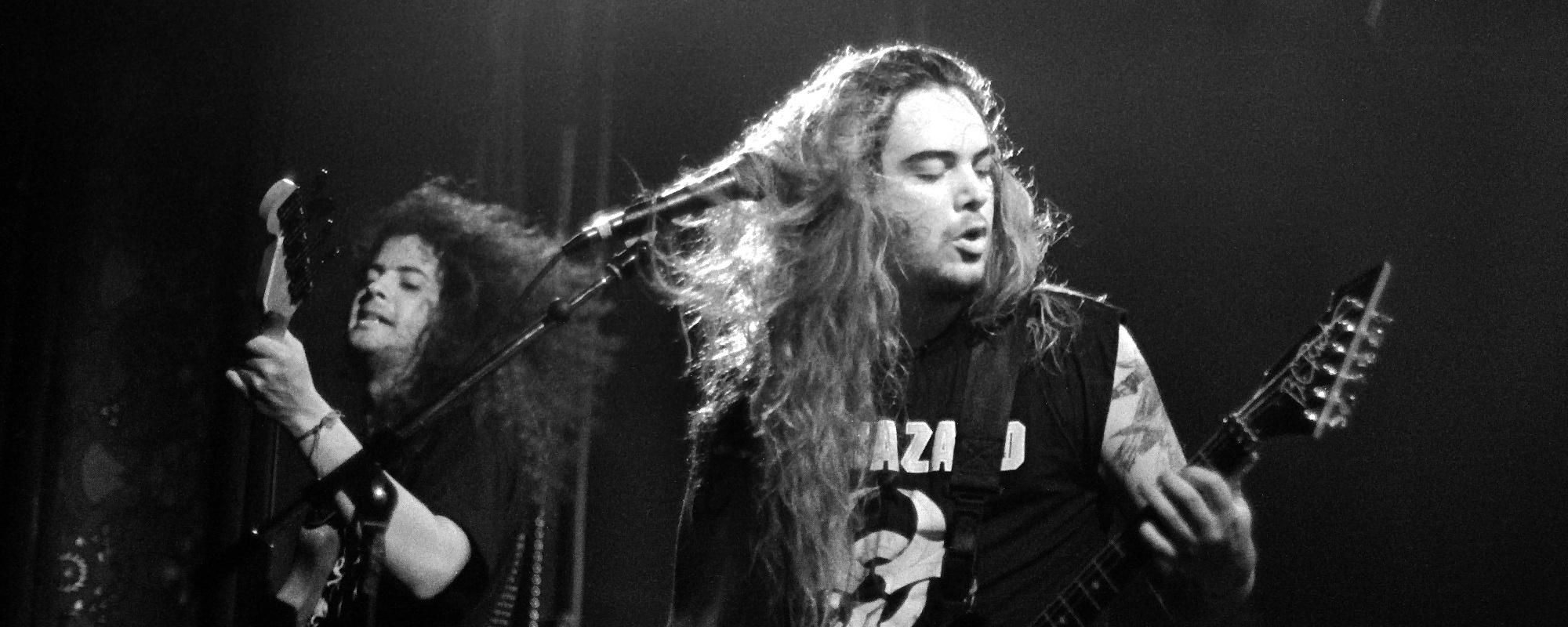

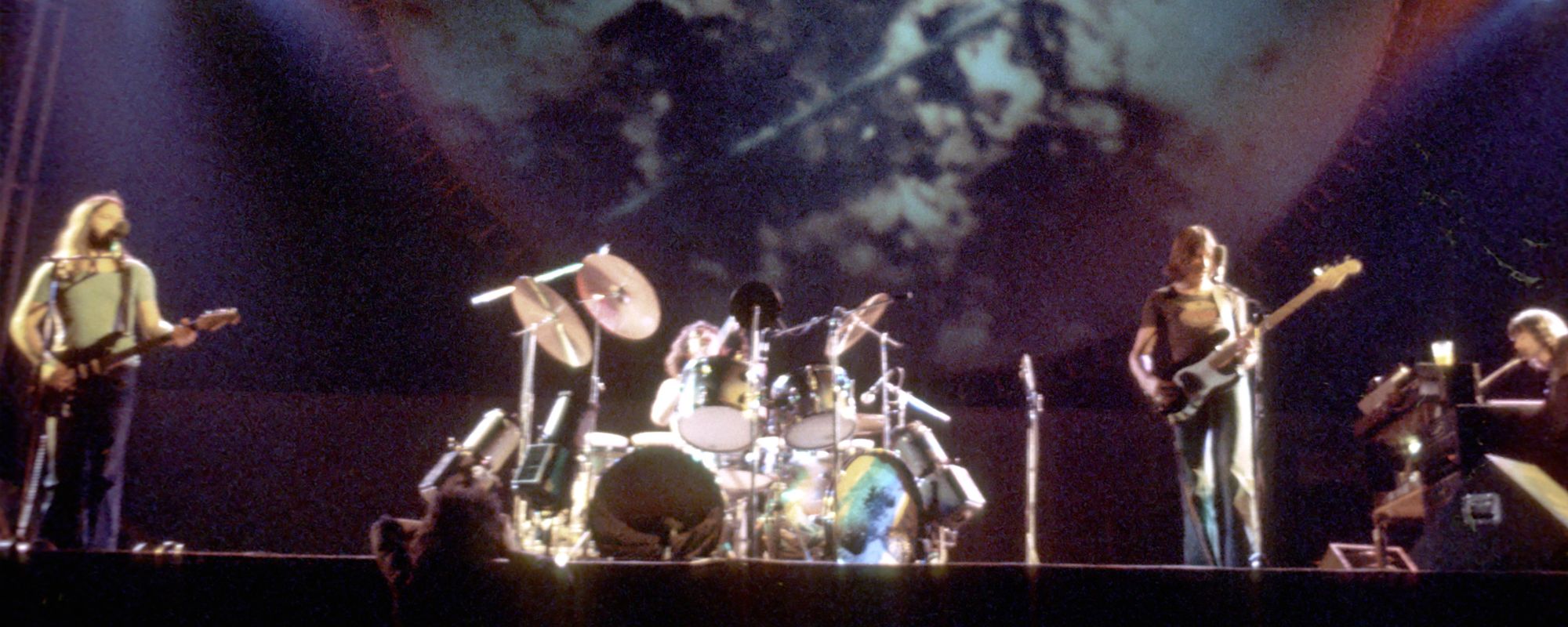
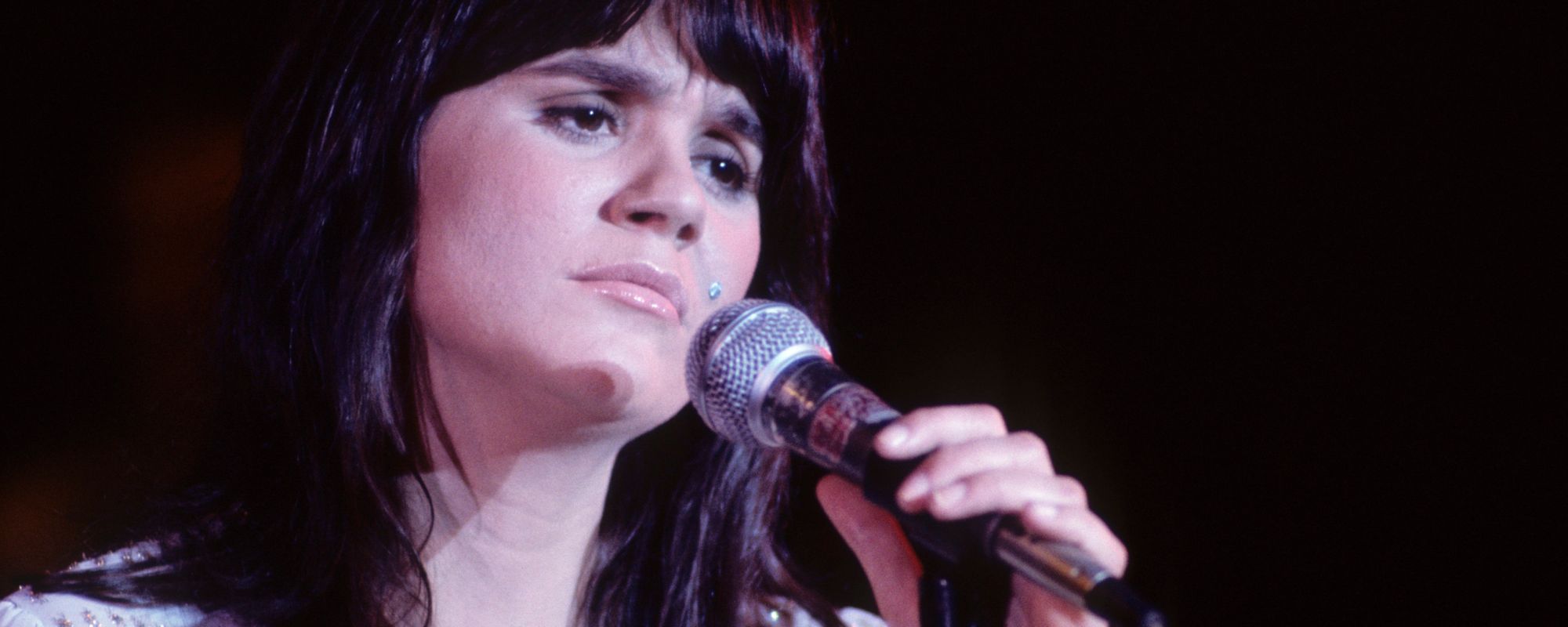
Leave a Reply
Only members can comment. Become a member. Already a member? Log in.